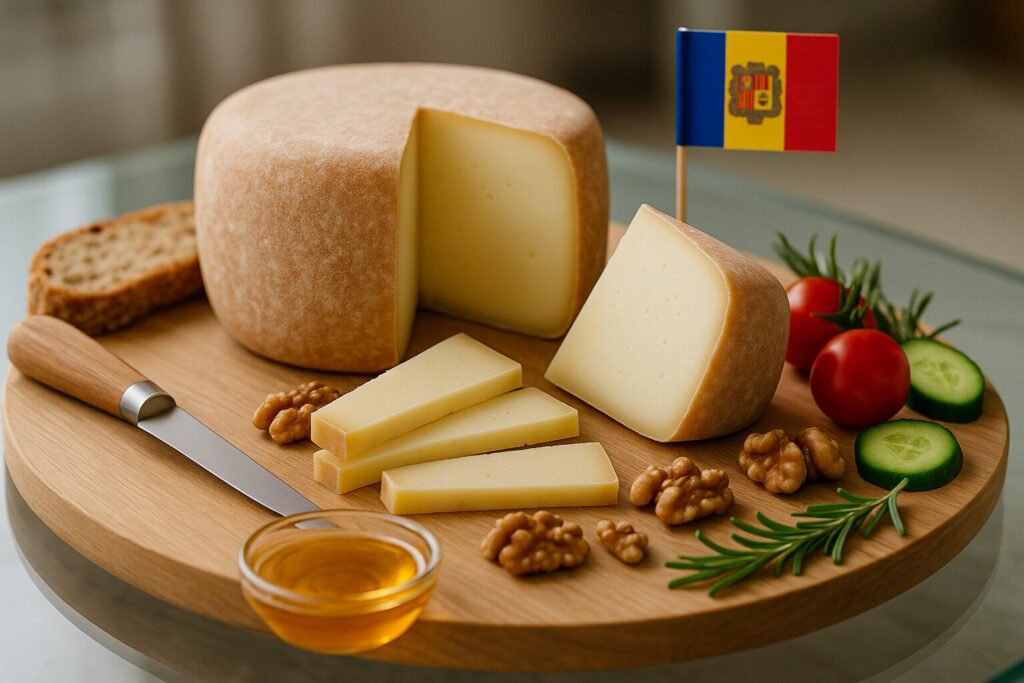Cured Cheese
Definition and Scope
Cured cheese refers to varieties that undergo an extended aging process to develop flavor and texture. This category includes hard and semi-hard cheeses aged for weeks to years. The curing process reduces moisture content and intensifies the cheese’s characteristics through enzymatic activity.
These cheeses are distinguished from fresh cheeses by their lower moisture content and longer shelf life. The curing duration directly impacts the final product’s hardness, sharpness, and complexity. Proper curing requires controlled temperature and humidity conditions throughout the aging period.
Production Process
Cured cheese production begins with standard cheesemaking steps: milk coagulation, curd cutting, and whey drainage. The critical differentiation occurs during the pressing and salting phases where moisture is actively expelled. Salt application occurs through brining or dry rubbing to control microbial growth.
The aging phase follows initial production, lasting from several months to multiple years. During this period, cheeses are stored in specialized environments where temperature and humidity are precisely regulated. Regular turning and brushing maintain proper rind development and prevent undesirable mold growth.
Sensory Profile
Cured cheeses typically exhibit firm to hard textures that may become granular or crystalline with extended aging. Their texture ranges from pliable in younger specimens to brittle in fully matured versions. The moisture content generally falls between 30-40% for most cured varieties.
Flavor profiles evolve from mild and nutty in shorter cures to intensely sharp and complex in extended aging. Common flavor notes include caramelization, umami, and pronounced saltiness. Aromatic compounds develop through protein and fat breakdown during the curing process.
Culinary Applications
Cured cheeses serve as table cheeses for direct consumption and as cooking ingredients where melting properties are valued. Their concentrated flavors allow them to stand up to robust accompaniments like full-bodied wines and cured meats. Grating qualities make them ideal for pasta dishes and sauces.
In food preparation, these cheeses contribute umami depth and salty accents to various recipes. Their low moisture content prevents excessive oil separation when heated. The flavor intensity means smaller quantities can significantly impact finished dishes.
Regional Examples
Parmigiano-Reggiano from Italy represents the classic cured cheese, aged 12-36 months with granular texture and complex nutty flavor. Manchego from Spain undergoes minimum 60-day aging, developing buttery notes with a distinctive rind pattern. Both demonstrate how regional traditions influence curing techniques.
English clothbound cheddars mature for 9-24 months, developing crystalline textures and earthy flavors. French Comté requires minimum 4-month aging, with some varieties aging beyond 24 months for greater complexity. These examples showcase how terroir and traditional methods create distinct cured cheese profiles.

